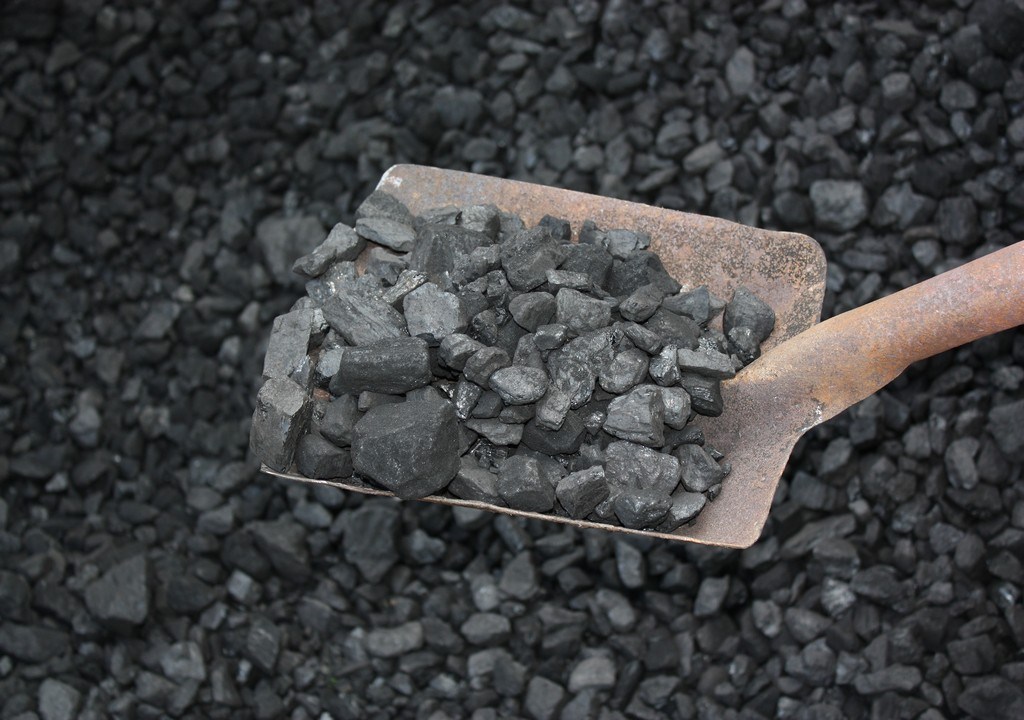PH now more coal-dependent than Indonesia
- July 1, 2024
- 0

Both Indonesia and the Philippines ramp up their reliance on coal for power generation in the past year, which suggests the slow expansion of renewable energy in these countries.
In a report by The Business Time
The Philippines had increased its coal division in electricity generation to 61.9% from 59.1% in 2022, while Indonesia’s coal dependency also increased
These figures contrast sharply with the ASEAN average, which is at 33% in 2023, up from 31% in 2022.
The report also indicated that while other heavily coal-reliant countries are boosting their renewable energy capacities, Indonesia and the Philippines still have much to improve.
Meanwhile, China, once Asia’s most coal-dependent country, has significantly increased its renewable energy output, with solar and wind facilities meeting 46% of its 613 terawatt hour (TWh) rise in electricity demand last year.
In the Philippines, electricity demand rose by 5.2 TWh last year. Coal generation increased by 6.5 TWh, surpassing the demand rise, while wind and solar generation only increased by 0.9 TWh, covering just 17% of the demand growth.
However, the Philippines has shown better progress than Indonesia in wind and solar development, boosting capacity from less than 1 TWh in 2015 to 3.7 TWh in 2023, representing 61% of the total increase in renewables.
Despite this, both countries lag behind the ASEAN average in wind and solar shares. The Philippines has 3.2% while Indonesia has 0.3%, compared to the regional average of 4.4%.